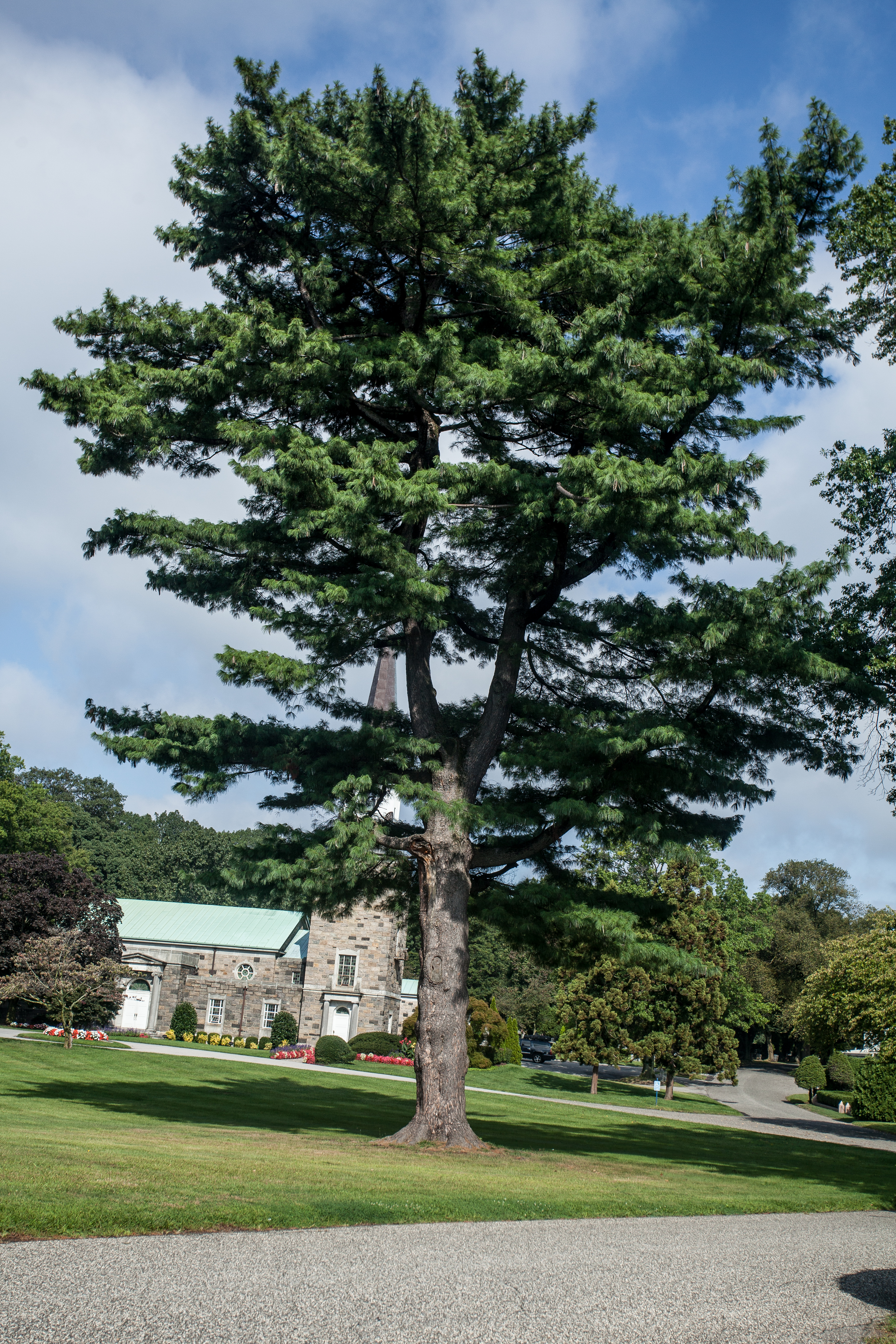PINUS STROBUS – EASTERN WHITE PINE

White pine is a traditional favorite in northern landscapes that grows well in situations mimicking its native habitat. Unfortunately, few urban sites match this criteria.Young White Pines are quite tolerant of half-day shade while mature White Pines prefer a sunny location. They grow poorly and develop chlorosis and die on clay soil. Sites with an alkaline pH also causes decline. Trees appear to have little tolerance for drought, soil compaction and heat. Eastern White Pine suffers from application of roadside deicing salts and is sensitive to air pollution, especially ozone and sulfur dioxide.
Like many pines horizontal branches break easily in ice and wind storms. Something always seems to be falling from this pine tree; needles, sap, branches, and fruit appear on nearby cars, roofs and sidewalks year round. Unless grown in the open with no other trees nearby, shaded lower branches die as the tree grows taller. Open-grown trees keep more lower branches, probably due to greater sun exposure. It is important to maintain only one leader to the top of the plant.
Dropping needles often discourage people from planting pines near streets, parking lots, or near other pavement. Roots also enjoy growing just under the surface of the asphalt and cracking it. Probably the most serious problem of Pines in areas with high pH irrigation water is pine chlorosis.
Like most pines, trees best recover from transplanting when moved balled and burlapped, not bare-root. They also grow fine when planted from containers provided plants are not root bound.

